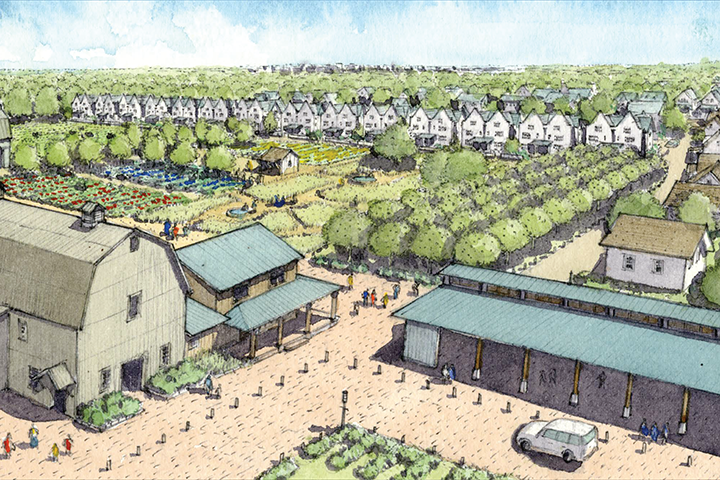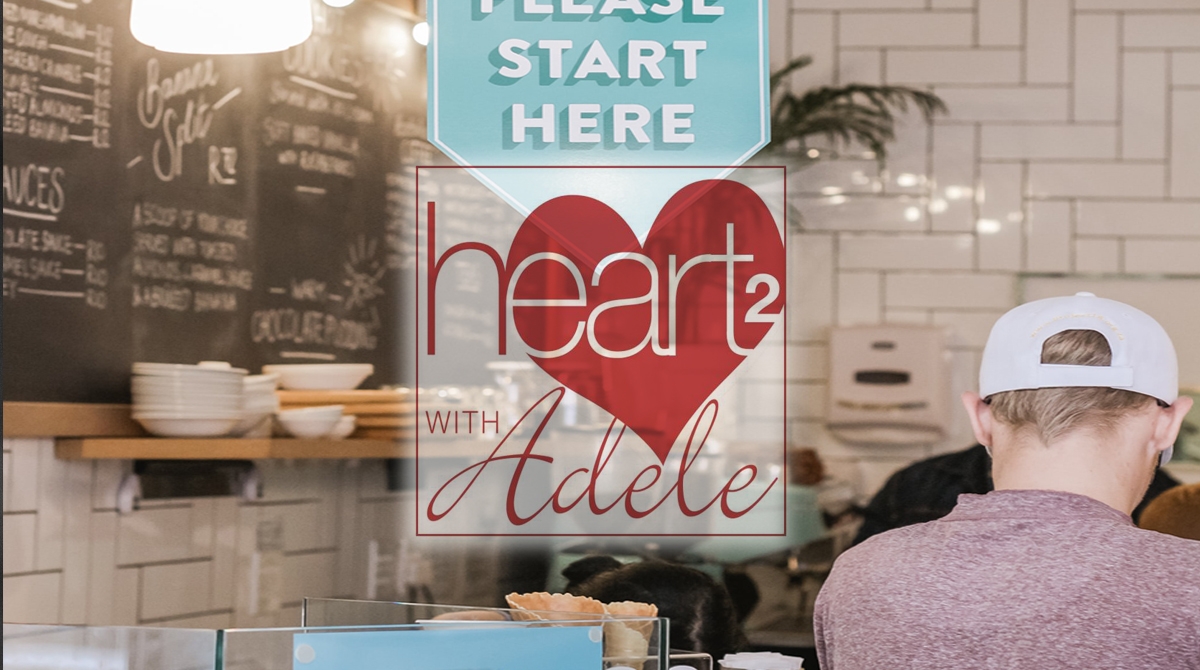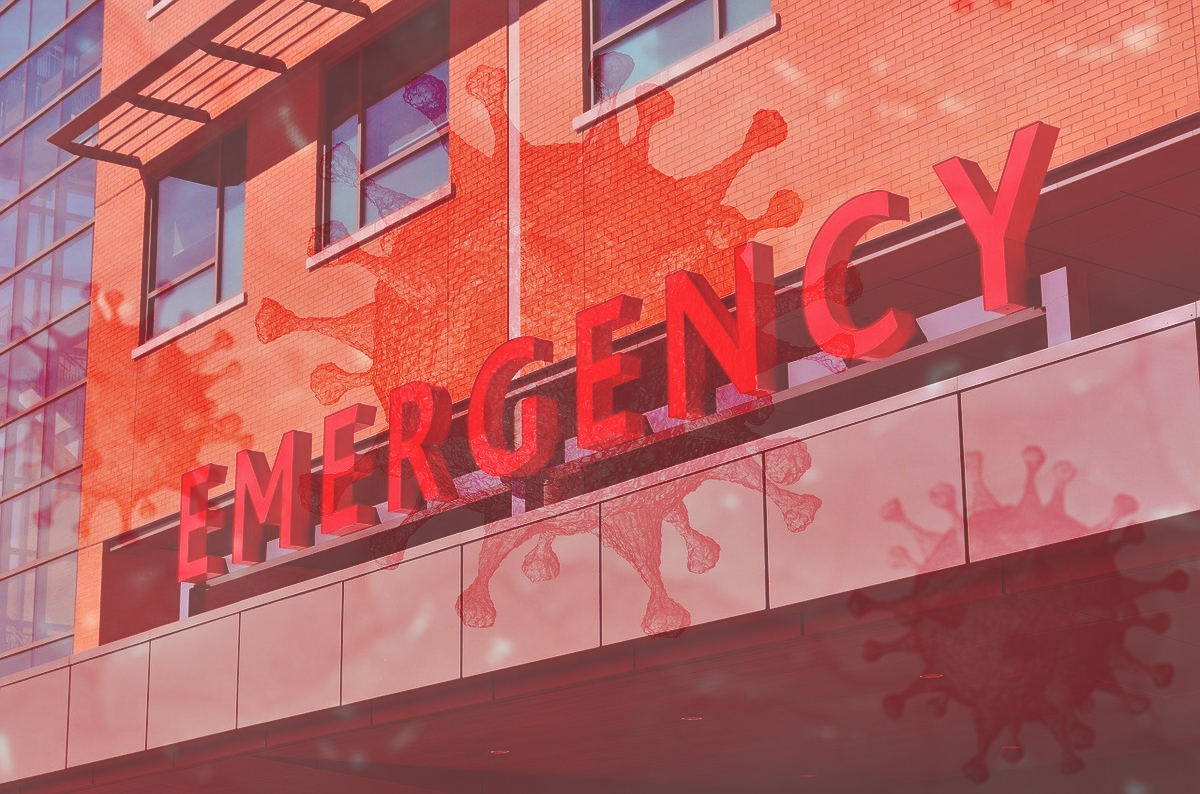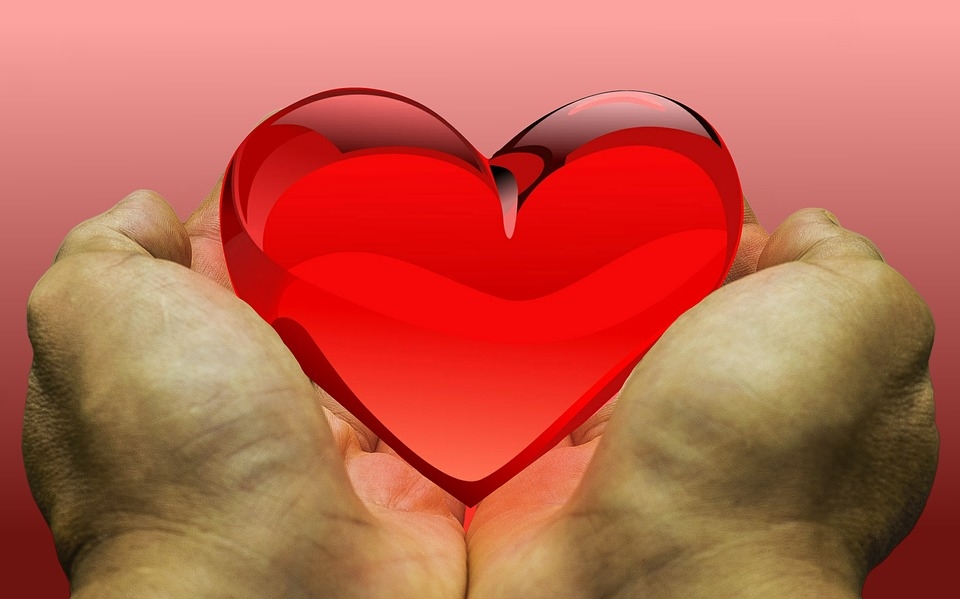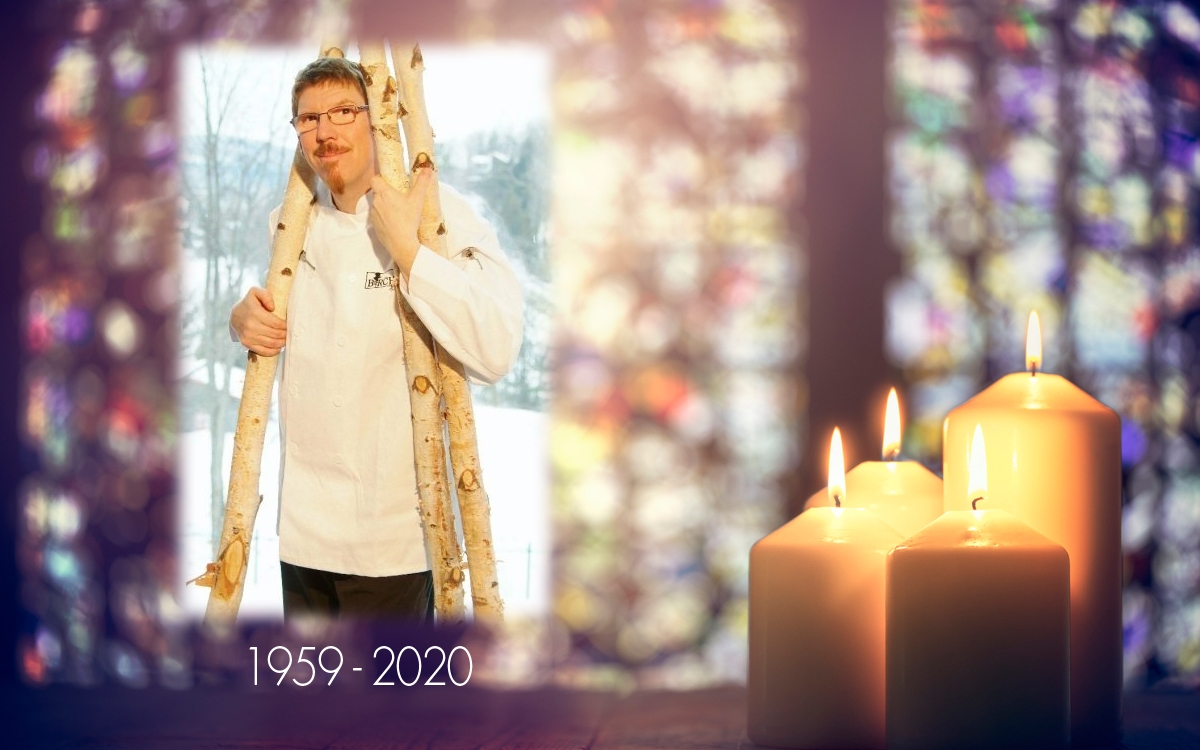
Love and hope in a time of COVID
By Marc Kealey
Last year, 2020, there was much written and reported about how we ought to comport ourselves during the pandemic. In short, we were advised to be compliant, socially distant, wary of exaggerated or factually incorrect media and social media posts and, for the most part, encouraged to learn about the COVID-19 virus and its impact on our health and consequences for society. Who knew at the start of 2020 that Canada would be faced with well over 600,000 infected citizens and 16,000 deaths from the COVID-19 virus? We have come a long way in a little under a year — some 2020!!
Now in early 2021, media have reported that people are musing about how tired they are of and about COVID-19. Fatigue, in fact, has apparently led to apathy and a lack of trust toward those in positions of authority. Many also indicated that they are tired of the overwhelming bombardment of do’s and don’ts to manage through the pandemic. Many say it appears difficult to keep up — and we’re also apparently fed-up. Pollsters have reported that four out of every five people in Canada have zero trust related to anything COVID-19 related — this is troublesome. Even more troubling is that some politicians have provided stark and anger-inducing examples of why we might tend toward mistrust. And along with this unfortunate behaviour and head-scratching comments from some elected officials, people are still dying from COVID-19. In fact, at the writing of this, total infections in Canada is equal to the entire population of Niagara Region and deaths in Canada is equal to the population of Thorold, Ontario.
On December 28 2020, media identified that 15,001 Canadians had succumbed to COVID-19. That announcement, in and of itself, was important information for public consumption. To this writer, however, reporting numbers appears impersonal and casual. Information about COVID-19 infections and deaths give us timely information about the pandemic and its impact, therefore that information should not be casual nor should it be impersonal.
Historically, society typically deals with horrible events through collaboration — to coordinate information to its publics that is both factual and timely. Canada did just that in the early to mid-1980’s when the tainted blood scandal became public; government acted swiftly and decisively to co-opt media such that only facts and accurate information was broadcasted at the time. The same occurred in the USA in the 1980’s when the Tylenol scandal killed seven people; the CEO of Johnson and Johnson moved swiftly with government and a collaborative media to accurately inform a frightened public that ubiquitous bottles of Tylenol in every medicine cabinet in every home and in every community was still safe.
By contrast, the COVID-19 pandemic appears uncoordinated. Since late 2019, when reports first surfaced about COVID-19 they were seemingly inflamed racist sentiments in some circles, emboldened civil-libertarians in others and yet other reports overtly stigmatized those who have contracted the killer virus as if their infection is responsible for its spread. At the same time, the manner in which other countries managed information flow to their citizens varied greatly and has left bewildered publics with disastrous unintended consequences and even greater levels of mistrust and anger. Here in Canada, there is a marked difference in how the pandemic is being managed and communicated province by province — at the same time there is a lack of national coordination with some provincial governments and citizens throughout the country react favourably or not depending on their favourable opinion (or not) of the Prime Minister or the Premier in any particular province.
The reality is infections are on the rise and deaths have occurred and will continue to occur. To that end, we have no choice but to act collaboratively and work toward building infrastructure to guard against this pandemic and prepare for the future — if one occurs again.
The fifteen-thousandth-and-first death from COVID in Canada was my brother. He contracted COVID in early December. What’s troubling about his death was that he had been in his “bubble” since spring of 2020. When allowed to work during the last 10 months, he was compliant about following protocols. He and his wife are perfect examples of what it took to avoid the effects of the virus. It’s unclear how he contracted COVID-19, but its effects attacked him hard and terribly. In a phone conversation in early December, while in quarantine at his home, he noted that it felt as if there were “popcorn kernels” in his lungs and even an expectorate could not dislodge the phlegm build-up. A week later he noted that it felt as though razor blades were slashing his lungs with every breath. He was admitted to hospital on 16 December. He fought hourly to breathe. While under the dedicated care of his local hospital ICU team, he did not complain to staff while the virus continued to ravage his otherwise fit and healthy body to the point where even being on a ventilator was the point of no return.
In one of his last notes to his family, he reconciled that the inability to breathe would likely lead to his death and although he fought hard to stay alive, he wanted to make the point that he was the face of COVID-19. For him being the face of COVID-19 meant that he was robbed of his ability to breathe and eventually survive — and it didn’t need to happen. COVID is a silent thief and a malevolent killer.
In the intervening days up to his death at Christmas, the virus continued its relentless attack — his blood pressure dropped and his organs failed. Despite the outstanding care he received he died beaten and despoiled by COVID-19. The only saving grace was that while on a ventilator he was in a paralytically induced coma and did not experience the agony and terror of his body breaking down towards his final and horrible death.
As an analogy, if he was assaulted by a mob, his tragic death would have been all over the news. The effects of COVID-19 are is if one’s body is attacked by a mob. The virus grows and grows and grows inside its host in the hope of, working as a mob, taking over its host. When COVID attacks it does so with remarkable killer-like speed, our human bodies have not adapted to the relentlessness of this strain of virus and so it kills randomly. The worst part for my brother was that he endured a relentless attack hour after hour completely alone, confined to a sealed room and unable to benefit from the comfort of his family.
If, instead, he had had cancer and was in palliative care, his family would have been with him to appropriately say good-bye, hold his hand and otherwise comfort him until he died.
But COVID-19, the abusive, life sucking virus battered his body to death and many might have asked if he had done something to deserve this fate. Many do think that having the virus is a stigma.
The difficulty for families of victims of COVID-19 is how to manage when a death from COVID occurs. Families are left to reconcile the stigma. The World Health Organization (WHO), for example, recently noted that if public officials and the media were to be more careful with language in statements and stories, it might assist in the reduction of the stigmatization of people who catch the virus.
For those who contract COVID-19, the stigma is as abusive as the virus itself. In a recent report, the WHO noted that stigma undermines social cohesion and prompts social isolation of individuals and groups, which might even contribute to a situation where the virus is more, not less, likely to spread. In short, if people are trying to hide their illness to avoid discrimination, they are less likely to get tested or treated and that is a terrible consequence.
The Bereavement Authority of Ontario, the regulatory agency that oversees funerals in Ontario, noted that when a COVID-19 victim dies, the body must be sealed in an air-tight bag and it must be clearly marked “infectious risk – handle with care”. Not quite the dignity we reserve for the dead is it? There will be no funeral either — rules around funerals during the pandemic are prescriptive — no more than six people can attend. In the case of my brother, we come from a large family with a mother and father, six other siblings, their spouses and their children — in total more than two dozen. Not to mention the scores of friends from Niagara and Muskoka Region who would attend funeral to support my brother’s wife and our collective families. It’s not a dignified way to celebrate a life well-lived.
There will be no final “send off” for my brother, no ability for anyone to come together in person to hug and comfort each other which is the very essence of community and the reason we celebrate a life at funerals. The great scourge of COVID-19 is that its victims seemingly just disappear! And this story can be told by well over 16,000 Canadian families whose loved ones suffered the same tragic fate from this pandemic and who have since died since this article has been published.
We are all part of a global family and the transient nature of people have made it easier for COVID to become a global pandemic. The impact of the virus, however, has somehow united the world – we’re all in this together and we’re faced with the prospect of having to manage economic disaster while needing to build infrastructure for the future to sustain economies and create resilience to fend off the virus.
We have a long way to go. We must strive to work through fatigue and do everything we can to know the facts about this virus. The Centres for Disease Control and Prevention (CDC) reported recently that the vast percentage of COVID deaths are those between the ages of 20 to 64 years of age (in the aggregate 58 per cent), which debunks the “theory” that the virus only kills seniors. It’s that kind of information that needs to be messaged more in public to eradicate the casual attitude(s) among society that “it can’t affect me”. And when a person contracts COVID-19 it’s not because they are careless or dirty. It is, indeed, scientific evidence that viruses, like COVID-19, are lethal and, as such, are reason enough for us to protect ourselves.
We are in a second wave of this pandemic and clinical experts predict that there may be a third wave. Experts report that eventually, almost all of us will get this virus. In short, what’s known as a pandemic may become endemic. This COVID-19 virus will have genetically evolved such that its presence in society will be permanent and, as such, infections and deaths will be too — so vigilance against its spread is vital. Public Health officials will continue to advise compliance of protocols including social distancing — and that will save lives! It’s our responsibility to heed this advice.
COVID-19 is a brutal killer and can attack anyone, anywhere and at any time. However, polls indicate that many believe that this entire pandemic has been contrived — either politically or by an evil star chamber. This is simply preposterous! The death of my brother should serve as a tragic and sad reminder that this pandemic, this virus and its the effects are real — to think otherwise is a sad mistake.
The scientific world has made advances in genomic innovation such that the heretofore vast quarry of knowledge about viruses is more well understood and vaccines are now available. But they are not an end in and of themselves – they are a prophylactic designed to prevent the spread of the virus – NOT cure it. So, we are not out of the woods!
As global citizens, we must remain vigilant, cautious, considerate and above all discerning! In the meantime, it is my pledge that we will appropriately honour the thousands — people like my brother David, not simply as the fifteen-thousandth-and-first death from COVID — of vibrant, loved and respected members of society whose unfortunate deaths at the hands of a killer virus prompted all of us to act with more vigilance. It is my hope and wish, too, that in 2021 and beyond we should all be the light and be inspired by the words of the great American literary genius James Thurber: “there are two kinds of light, the glow that illuminates and the glare that obscures!”
God Bless you all, stay vigilant and stay safe.
Marc Kealey, is the younger brother to David who died from complications of COVID-19 in December of 2020. Marc is Principal of K&A Inc., a public policy and health management company providing Canadian standards based healthcare services, research and advice to government and businesses in Canada and globally. Kealey is an expert in health governance and communications. He is a former hospital administrator and the former CEO of Canada’s largest pharmacy organization. He was an advisor to John N. Turner, former Prime Minister of Canada for over 30 years.
Background image: iStock

